OME is developed as a joint project between research-active teams in universities and institutes across Europe and the United States.
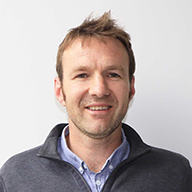
Senior Software Architect
Jean-Marie Burel joined the staff of the Swedlow lab in 2003. Since then, he's been contributing to the development of OME. He received his PhD in mathematics from the University of Brest in 2000. His research interests lie in the area of harmonic maps, harmonic morphisms and geometric structure. After his PhD, he worked in a private company as developer then moved (September 2001) to Lund University, Sweden, where he held a post-doctoral research position. Jean-Marie now enjoys the muddy rugby pitches of Scotland.
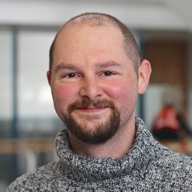
Software Developer
Dominik Lindner joined the team in Dundee as a Software Developer in February 2014. After studying Bioinformatics at the University of Applied Sciences Weihenstephan, Freising, he worked at different places as Java Software Developer with a bit of Linux system administration. His projects mostly had a bioinformatics background (analysis of multiple sequence alignments, DNA sequence optimization) with a short side trip into the world of logistics/warehousing. In his spare time he enjoys exploring Scotland's countryside on foot, on the bicycle or on the motorbike; respectively when the days are short and the weather's bad, trying to set up the ultimate Linux system.

Software Developer
Khaled Mohamed joined the OME team in May 2021 as a research software engineer. He received his PhD in production Engineering (Computer Aided Engineering). The PhD research was conducted at the University of Wisconsin-Madison, WI, USA, and the degree was awarded by Mansoura University, Egypt. Khaled has expertise in software development and data-driven platform, process modelling, and system integration. He has worked in various domains of software development and data management at four different UK universities across five different departments. Khaled developed the OMERO searchengine, enhanced system deployment processes and worked on modernizing legacy systems
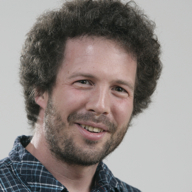
Software Developer
Will Moore came to Dundee as a cell biologist to do his PhD and then joined Jason's lab as a post-doc in 2003. Having got interested in the OME project from a user's point of view, he decided on a change of scene and left the lab to do an MSc in Applied Computing at Dundee University's School of Computing. He returned to the Swedlow lab for his MSc project. His goal was to make it easier for biologists to record their experimental metadata in a digital form. This was the start of the OMERO.editor development, which continued when he joined the lab as a developer in October 2007. His other interests include mountaineering, sailing and motorbiking.
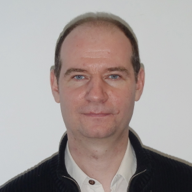
QA Software Specialist
Petr Walczysko joined the OME project in October 2012 as a software specialist for testing and quality assurance. He studied at Charles University of Prague where he received Master of Science degree in Physics and the University of Freiburg in Germany where he received PhD in Biology. Throughout his PhD studies and his further career as a researcher he was intensively using conventional, confocal and multiphoton fluorescence microscopy applications on biological systems. He was adapting these optical microscopy techniques for particular biological problems, and also worked on the subsequent image analysis of microscopic images in a range of image analysis programs. He enjoys yoga, reading and chess.
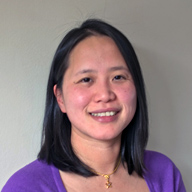
Curator
Frances Wong joined the OME team in September 2018 as a curator. She received her PhD in Developmental Biology from the University of Edinburgh. She then carried out post-doctoral research in molecular biology, genetics, genomics, neuroscience and biomedical imaging. She has also worked on atlas-based gene expression databases and created new online scientific resources.
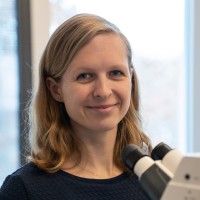
Managing director
Janina Hanne studied Molecular Biotechnologies in Heidelberg and did her PhD with Hans-Georg Kräusslich and Stefan Hell. After working for Abberior Instruments as Sales Manager and later Scientific Relations Manager she joined GerBI-GMB 2021. Janina takes pleasure in coordinating efforts that support and uplift the community. She enjoys gardening and being active in the forest next door on bike or foot.
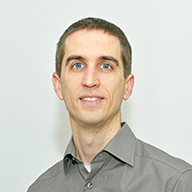
Technical Director
Josh Moore is an American developer living in Walluf, Germany, with his wife and two kids. With a background in machine learning and distributed computing, Josh began work on the OMERO Java server in the Spring of 2005 as part of the Swedlow Lab, after evaluating use of the OME Perl server for the Mitocheck project while in the iBios group at the DKFZ, Heidelberg, Germany. Before that he was a German-language pre-school teacher at a Montessori school in Alabama, of all things. He's a lisp-loving, Aikido-practicing, vegan with interests in RDF, HDF, and various other three letter acronyms.
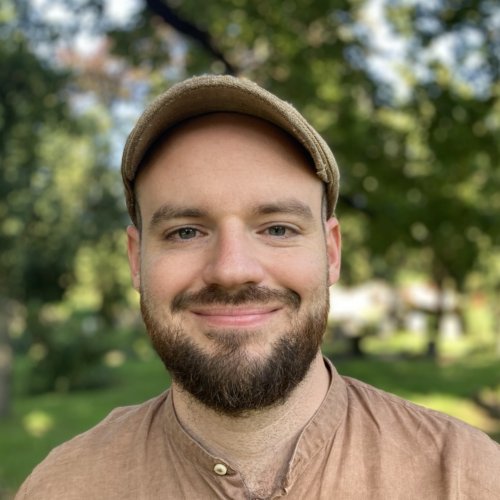
Software Developer
Johannes Soltwedel is a physicist by training and found his way into bio-image world and the life sciences through his PhD at the department for radio-oncology at the Center for Proton Therapy at the University Hospital Dresden, Germany. Then and during his subsequent position as bio-image analyst at Physics of Life (TU Dresden, Germany) he learned the intricacies of propper bio-image analysis, software development and the value of good research data management throughout a multitude of different collaborative projects. He is currently living in Dresden with his family and enjoys an ever-growing house plant collection, everything related to tinkering and 3d-printing as well as a good hike.
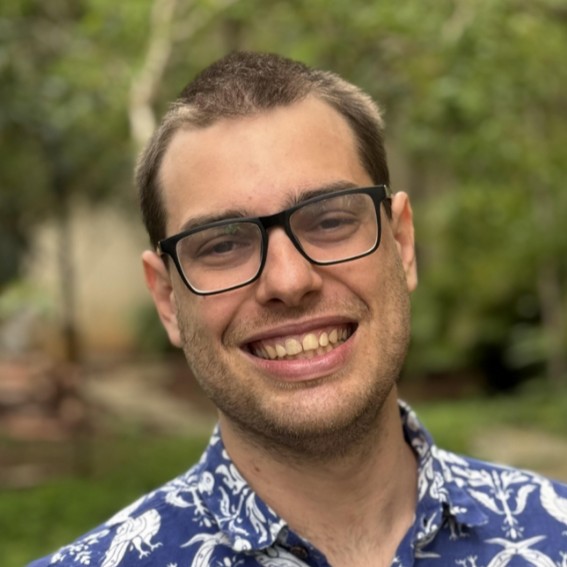
Software Developer
Tiago Lubiana joined German BioImaging in September 2025 as a software developer to contribute to the OME ecosystem. He earned his PhD in Bioinformatics from the University of São Paulo, Brazil, in 2024, where he focused on biocuration in the context of the Human Cell Atlas. His expertise includes linked open data and bio-data modelling in community initiatives such as the Cell Ontology and Wikidata. He also enjoys creating web apps that support the life sciences. When not working, Tiago values family time, nature walks, and learning about plants.

Software Developer
Chris Barnes is a research software engineer with a background in neuroscience, systems biology, and connectomics from the University of Cambridge, MRC Cognition and Brain Sciences Unit, MRC Laboratory of Molecular Biology, and HHMI Janelia Research Campus. He joined German BioImaging in November 2025 to further the OME-Zarr metadata specification and its implementations, particularly in Python and Rust. He is currently based in Cambridge, UK, where he also competes in disc sports, plays tabletop RPGs, and listens to heavy metal music.

Software Developer
Damien Goutte-Gattat is a former cell biologist and biocurator turned into a software developer. After completing his PhD in Grenoble, France, in 2011, he moved successively to Bordeaux (still France) and London, UK, where he enjoyed doing a lot of imaging on Drosophila tissues. In 2021, he stepped away from being a wet lab scientist and instead became a biocurator for FlyBase.org, the model organism database for fruit flies, where in addition to his biocuration duties he inadvertently became heavily involved in the development of several ontology-related tools such as the Ontology Development Kit, Protégé, or SSSOM. In December 2025 he joined German BioImaging to combine his interests for microscopy, free software, and metadata management. He is a digital privacy advocate, and is a frequent speaker at London Crypto-Parties.
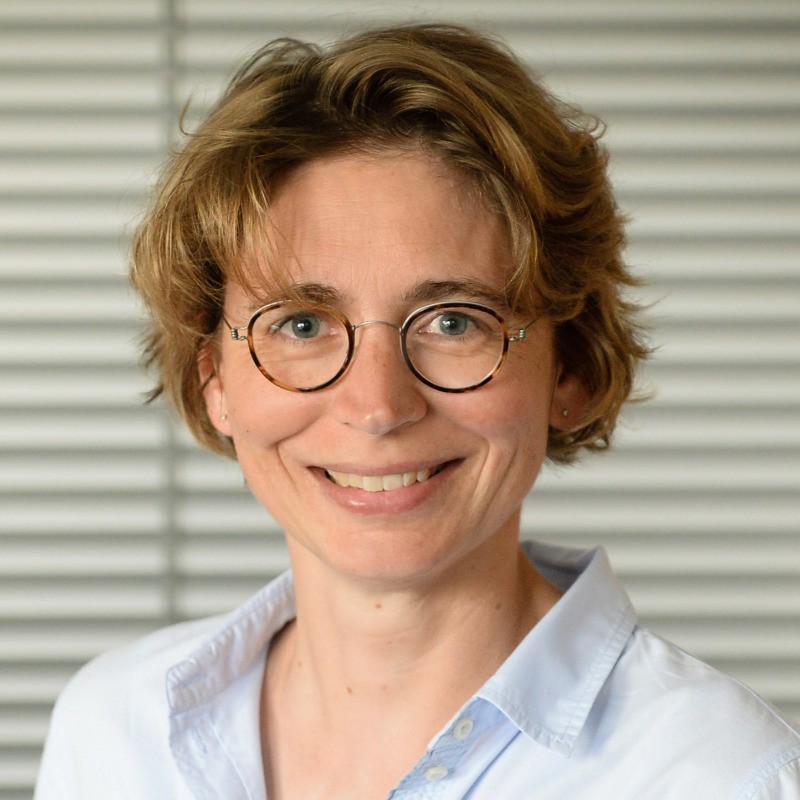
Managing Director and Chair of GerBI
Managing Director and Chair of GerBI
Stefanie studied biology at the University of Würzburg. She finished her PhD under the supervision of PD Dr. Peter Hemmerich at the Fritz-Lipmann Institute of Age Research in Jena in 2007. From 2007 to 2011 she worked as a postdoctoral research fellow in the Molecular Physical Chemistry Department at Heinrich Heine University Düsseldorf, headed by Prof. Claus Seidel. She started building up the Center for Advanced Imaging (CAi) at the Heinrich Heine University of Düsseldorf (HHU) in 2011. CAi is the central imaging core facility of HHU and offers access to light and electron microscope systems, as well as support in image data management and image analysis by providing a local OMERO instance to all CAi users. Since 2021 Stefanie is the chair of board of German BioImaging e.V. – Society for Microscopy and Image Analysis and since 2023 she is the spokesperson of NFDI4BIOIMAGE, a consortium within the framework of NFDI, the national German research data infrastructure initiative. In her free time, she enjoys sailing.

Software Developer
Tom Boissonnet completed his PhD at EMBL Rome in 2021, focusing on electrophysiological recordings of mouse retinal ganglion cells in vivo. During this time, he developed computational and data analysis skills and organized a programming club to share his passion for coding. In 2022, he joined the Center for Advanced Imaging at Heinrich Heine University, where he took over the administration of the local OMERO server and now supports facility users with their data management. He appreciates a clear night sky, especially when it coincides with his holidays, as it allows him to take pictures of stellar objects with his telescope.
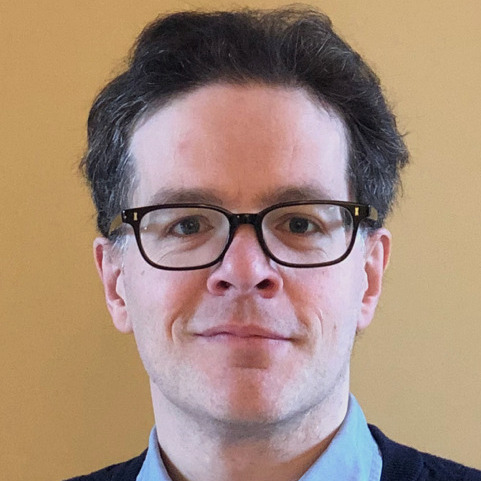
Team Leader
Matthew is the lead for EMBL-EBI’s big biological imaging data resources. These support both deposition of biological images associated with peer reviewed publications, and reuse of existing imaging data. Matthew has a first degree in Physics and PhD in Computational Neuroscience. Prior to joining EBI, Matthew led the Informatics team at the John Innes Centre, a research institute focussing on plant and microbial sciences. Matthew's background is in image analysis, numerical and statistical modelling and scientific data infrastructure. He enjoys reading, running and spending time with his family.
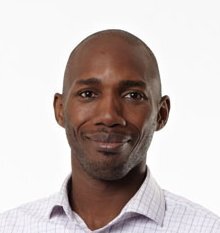
Software Developer
Software Developer
Kola Babalola is a software developer at the BioImage Archive, where he focuses on backend pipelines for managing images and their associated metadata. His work includes developing pipelines to convert diverse image formats to OME-Zarr, staging data to S3 storage, and integrating browser-based viewers for visualisation of image data.
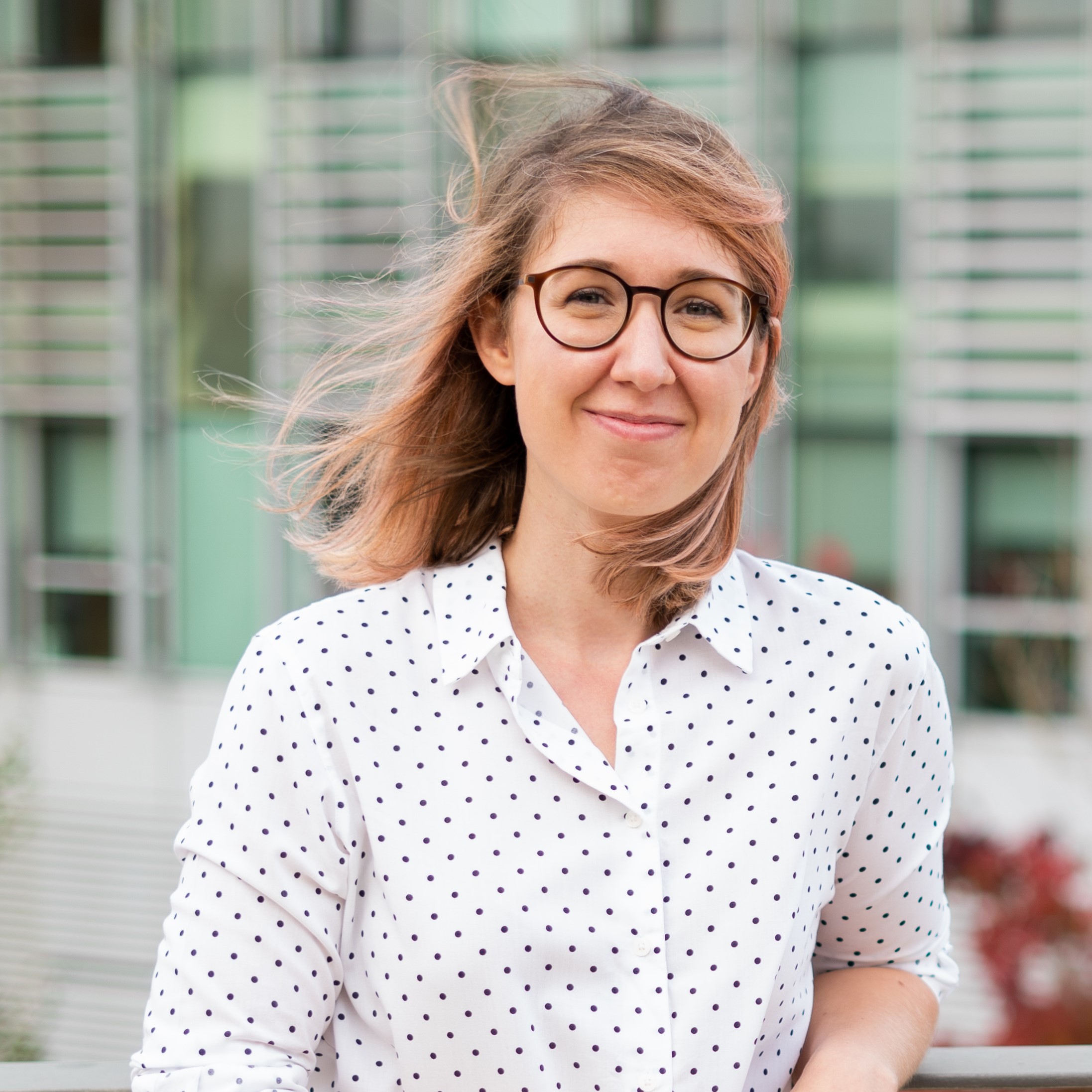
Director
Virginie Uhlmann studied Bioengineering at EPFL (Lausanne, Switzerland) and continued there with a PhD in Electrical Engineering under the supervision of Prof Michael Unser, which she completed in 2017. She was appointed Research Group Leader at the European Bioinformatics Institute (Cambridge, UK) in 2018 and established her independant research group focusing on the development of aproaches to quantify, describe, and model objects observed in microscopy image data. In 2024, she moved to the University of Zurich (Zurich, Switzerland) where she continues her research activities and leads the BioVisionCenter, a newly-created structure that develops open-source tools leveraging OME-Zarr for the processing of complex bioimage datasets. Her main research interest is quantitative bioimage analysis, with a focus in approximation theory, machine learning, computational geometry, and statistical shape analysis. Aside from research, she is passionate about building bioimage analysis capacity, connecting together the various scientific communities interested in bioimaging, and spending time with her two birds.
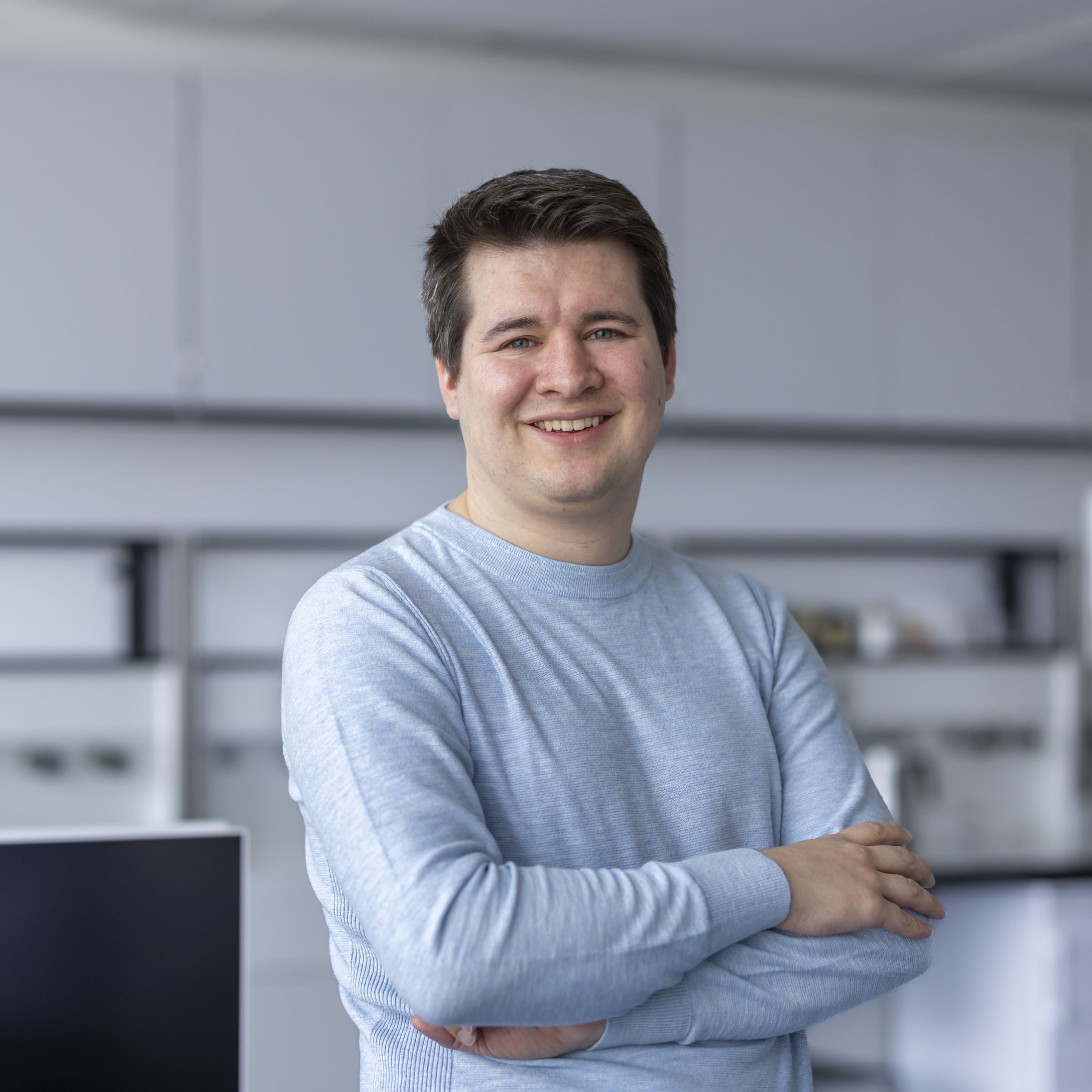
Head of R&D
Joel Lüthi completed his PhD in Systems Biology at the University of Zurich in 2022 with a focus on 3D image analysis in cardiac differentiation models. He learned to struggle with TB-scale datasets and how to perform image analysis on them. Motivated by that, he started working on workflow management and image visualisation tools. After his PhD, he started the Fractal project for bioimage analysis using OME-Zarrs, first at the Friedrich Miescher Institute for Biomedical Research and continuing in summer 2023 at the BioVisionCenter of the University of Zurich. He is based a bit outside of Zurich and enjoys biking everywhere, no matter the weather.
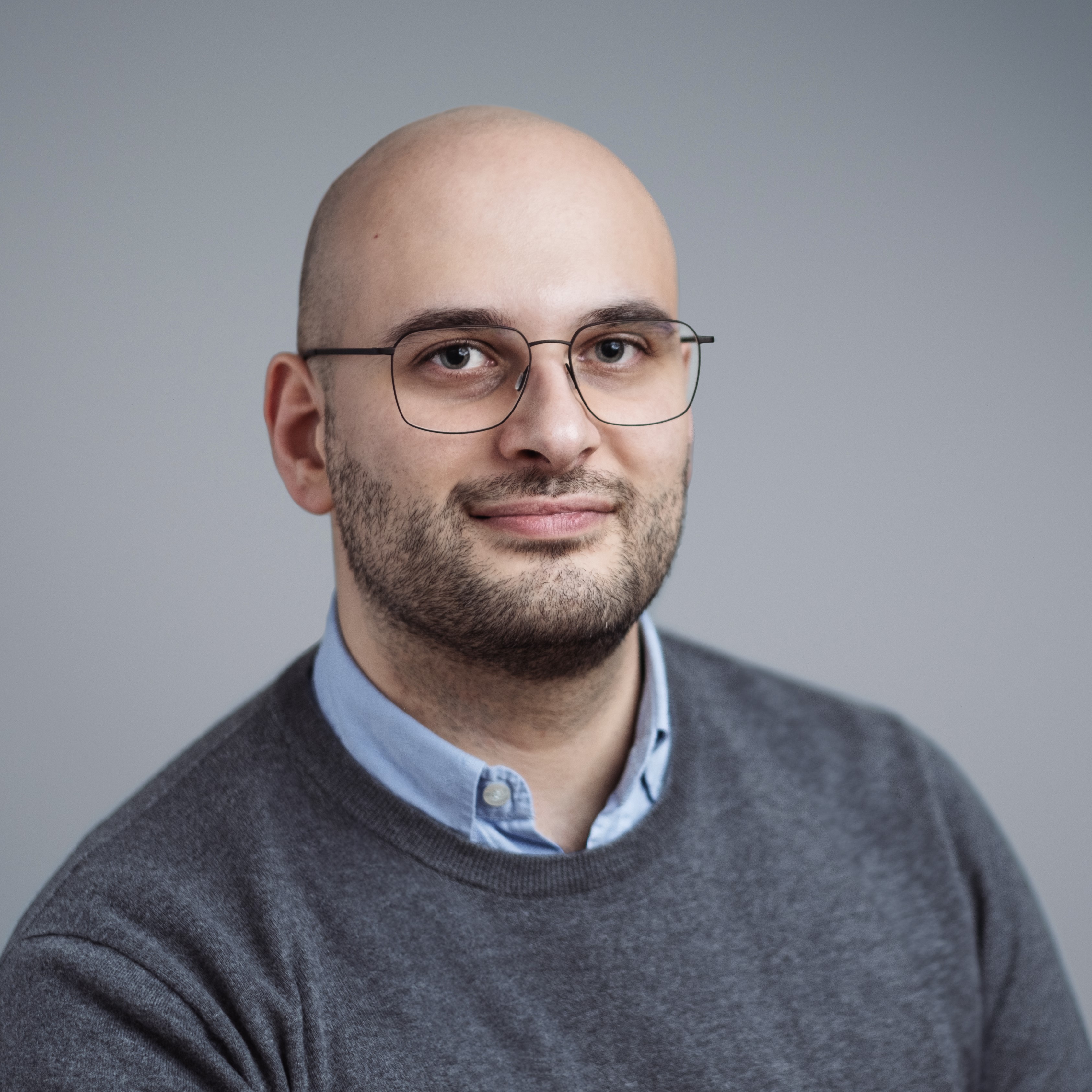
Research Software Engineer
Lorenzo Cerrone earned his PhD in Physics from the University of Heidelberg in 2023, where he specialized in developing deep learning methods for image analysis. During his doctoral research, he created PlantSeg, a widely adopted tool for cell instance segmentation, which ignited his passion for building powerful yet user-friendly open-source software. He is now a Research Software Engineer at the BioVisionCenter in Zurich, where he develops Python tools for scalable image analysis workflows with OME-Zarr as part of the Fractal framework. Outside of work, Lorenzo enjoys exploring his two main passions: cooking and spending time with his dog.